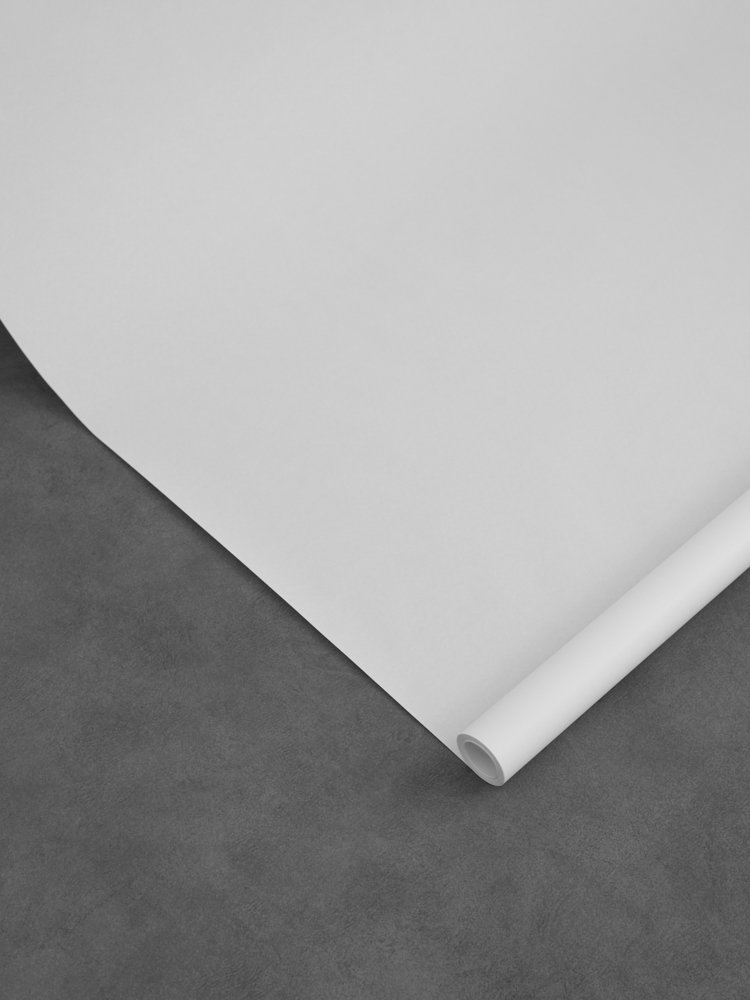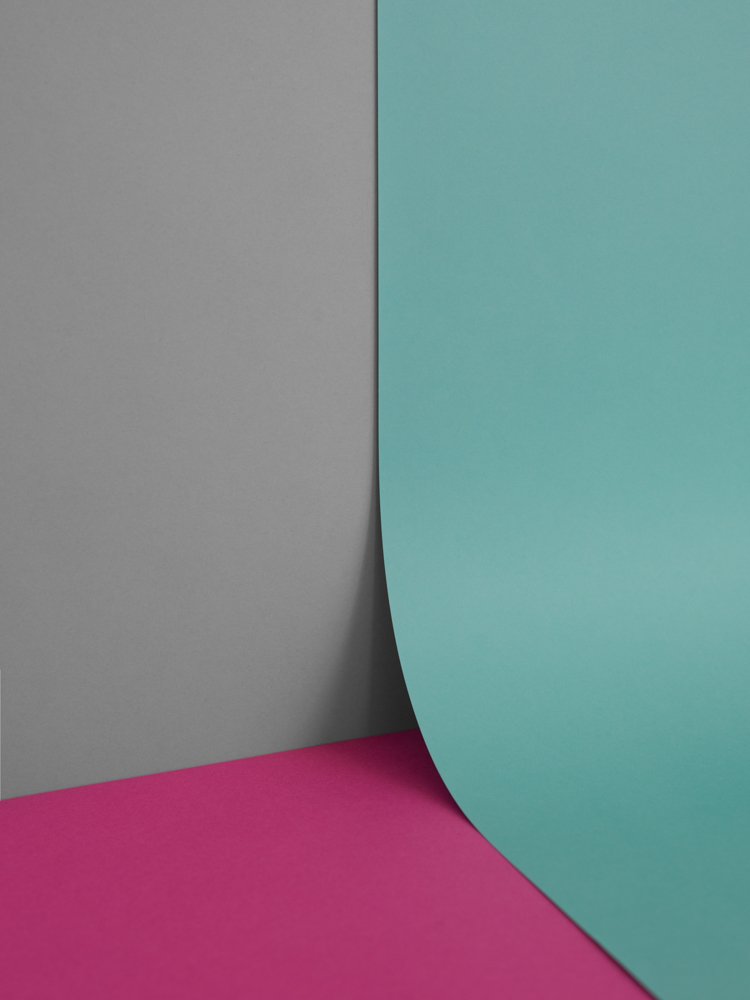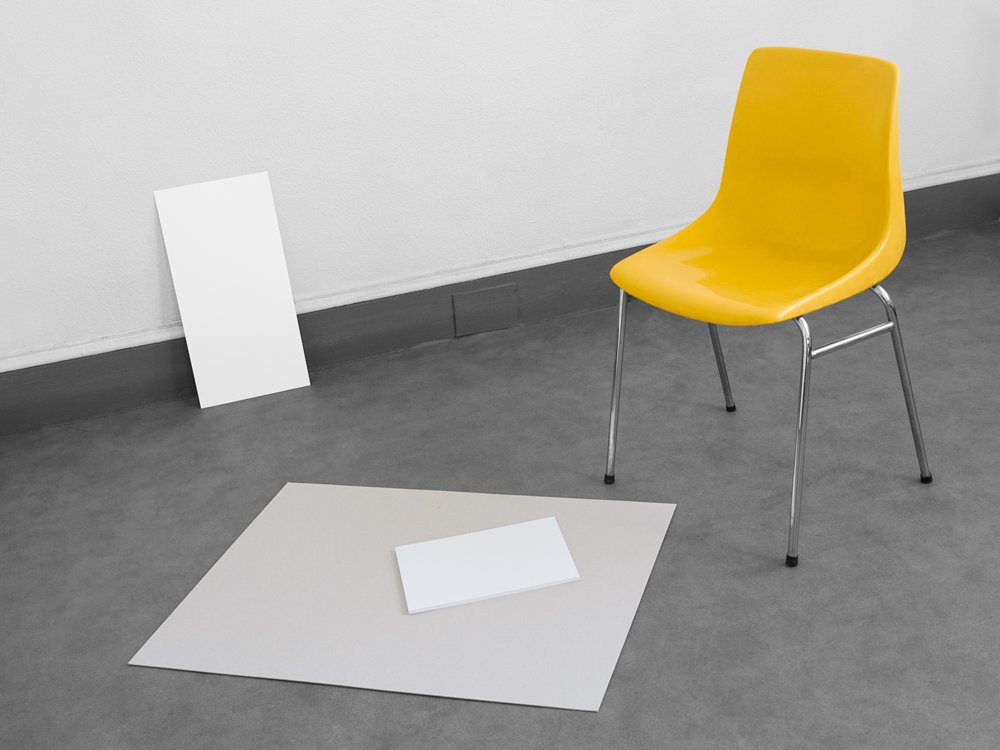Studio
2015-2018
-
The workspace significantly influences art practice and the artist's connection to their work—something I've experienced myself through various scenarios where I've been able to develop my work. These range from dealing with limited resources and space while working in my personal room to operating within impersonal temporary studios.
Studio constitutes a four-part body of work wherein the workspace becomes the subject of the images rather than merely the backdrop for creation. Across different series, I construct a 1:6 scale studio (Studio I, 2015), showcasing some studio materials used to create the miniature studio (Studio II, 2017); and finally translate that scale model into a tangible one (Studio III, 2018). This process establishes an ongoing dialogue between the real and the replica, the object and its representation, and the two different scales.
The project begins with Studio I in 2015, where I crafted a 1:6 scale diorama of an imagined space —a studio I yearned for at that time. The lack of references for the depicted objects' size in the photographs allows them to be easily mistaken for a real place, a perception reinforced by large format prints.
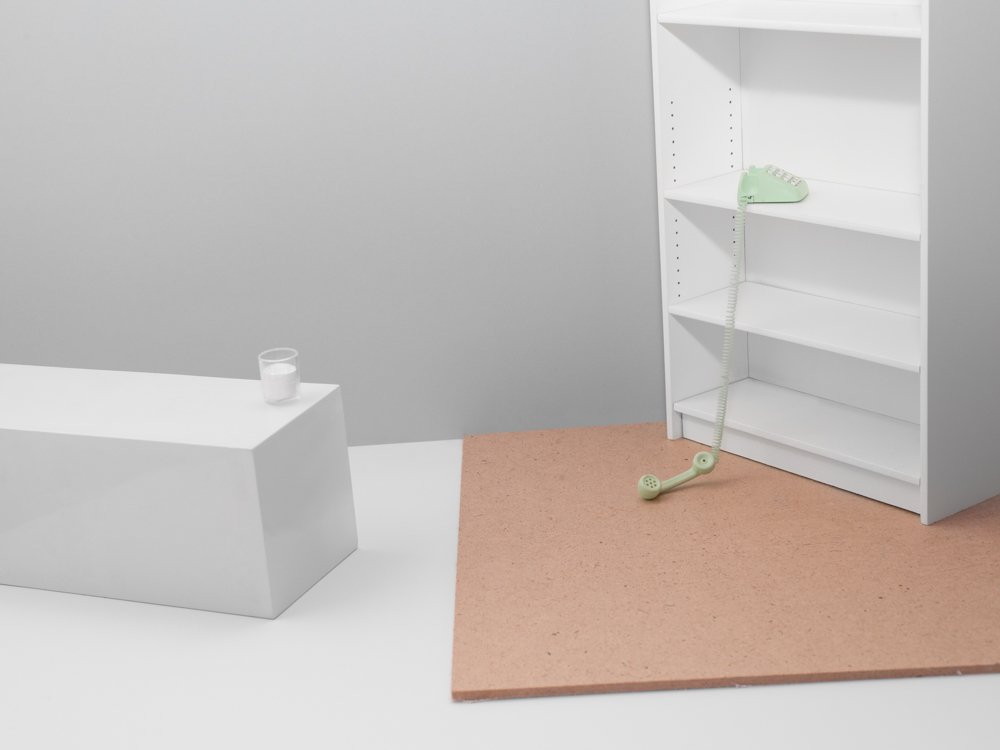

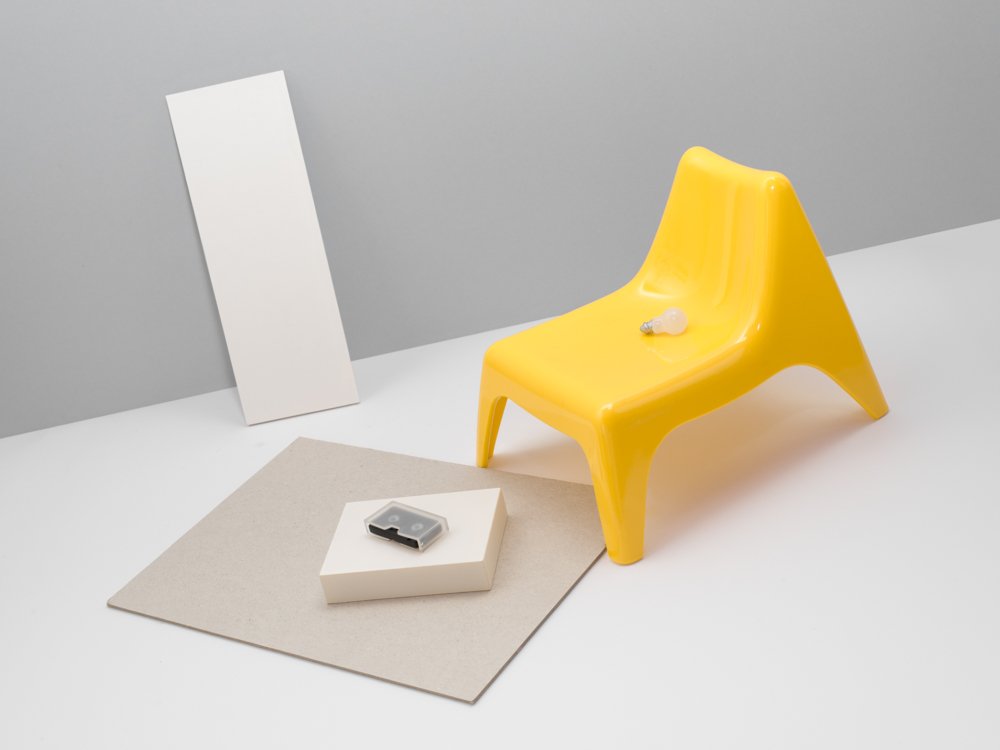
Considering the potential for deception in scale within photographs led me to explore the construction and artifice inherent in photographic images. This exploration resulted in Studio II, a series of still life photographs featuring the materials and structures I used on my bed or room desk, both as still life backgrounds and in the miniature diorama. These elements help understanding not only the dimensions of Studio I but also how my practice was influenced and restricted by the lack of workspace.

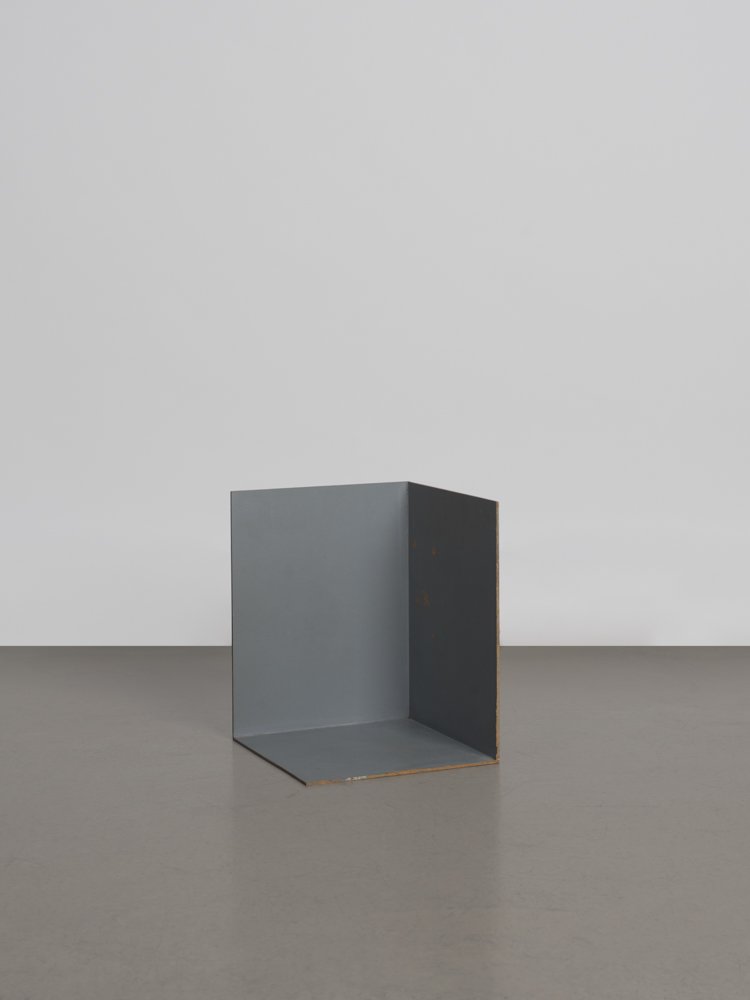


The opportunity to have a studio for the first time during a four-month residency in Paris in 2018 provided a new setting where I could work on a 1:1 scale. I applied the same visual strategies and aesthetics previously employed in miniature to create Studio III a loose translation from the initial diorama to the actual workspace.
